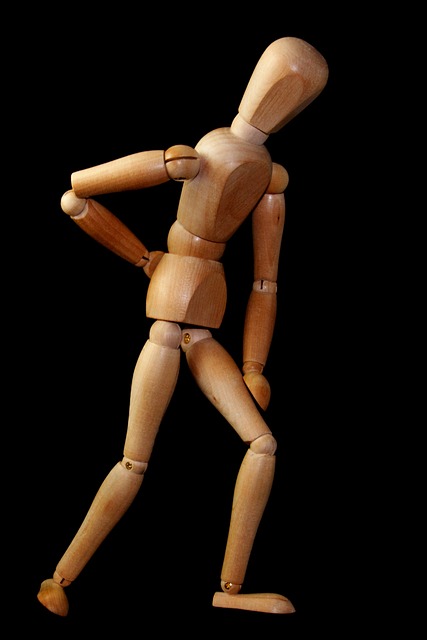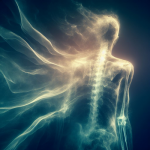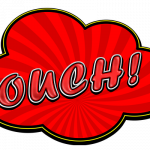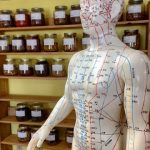Muscle spasms are involuntary contractions of muscles that can cause pain, discomfort, and even disability. They can occur in any muscle in the body, but are most common in the neck, back, and legs.
Muscle spasms can be caused by a variety of factors, including dehydration, electrolyte imbalances, overuse of muscles, and nerve damage. While medication is often used to treat muscle spasms, natural treatments can be just as effective and have fewer side effects.
What Causes Muscle Spasms?
 Muscle spasms can be caused by a variety of factors. Dehydration and electrolyte imbalances are common causes of muscle spasms, as they can lead to muscle fatigue and cramping. Overuse of muscles can also cause spasms, especially if the muscles are not given enough time to rest and recover. Nerve damage or compression can also cause muscle spasms, as can certain medical conditions such as multiple sclerosis and Parkinson’s disease.
Muscle spasms can be caused by a variety of factors. Dehydration and electrolyte imbalances are common causes of muscle spasms, as they can lead to muscle fatigue and cramping. Overuse of muscles can also cause spasms, especially if the muscles are not given enough time to rest and recover. Nerve damage or compression can also cause muscle spasms, as can certain medical conditions such as multiple sclerosis and Parkinson’s disease.
It is important to identify the root cause of muscle spasms in order to effectively treat them. If the cause is dehydration or electrolyte imbalances, drinking more water and eating foods rich in electrolytes such as bananas and spinach may help. If the cause is overuse of muscles, taking breaks and stretching regularly may help prevent future spasms. If the cause is nerve damage or a medical condition, it is important to consult with a healthcare professional for proper treatment.
Benefits of Natural Treatments
Natural treatments for muscle spasms have several benefits over medication. They are often less expensive than prescription drugs and have fewer side effects. Natural treatments also address the root cause of muscle spasms rather than just masking the symptoms.
It is important to consider natural treatments as a first option for treating muscle spasms before turning to medication. Many natural treatments such as massage therapy and stretching exercises have been shown to be just as effective as medication in relieving muscle spasms.
Treatment #1: Massage Therapy
Massage therapy can be an effective treatment for muscle spasms. It works by increasing blood flow to the affected area, which can help relax the muscles and reduce pain. There are several different types of massage therapy, including Swedish massage, deep tissue massage, and trigger point massage.
Swedish massage is a gentle form of massage that uses long strokes, kneading, and circular movements to relax the muscles. Deep tissue massage is a more intense form of massage that focuses on the deeper layers of muscle tissue. Trigger point massage targets specific areas of muscle tension and uses pressure to release the tension.
When looking for a qualified massage therapist, it is important to do your research and find someone who is licensed and experienced in treating muscle spasms. You should also communicate your needs and concerns with your therapist to ensure that you receive the best possible treatment.
Treatment #2: Heat Therapy
Heat therapy can also be an effective treatment for muscle spasms. It works by increasing blood flow to the affected area, which can help relax the muscles and reduce pain. There are several different types of heat therapy, including hot packs, warm baths, and heating pads.
Hot packs can be applied directly to the affected area for 15-20 minutes at a time. Warm baths can also be effective in relaxing the muscles and reducing pain. Heating pads can be used for longer periods of time, but it is important to use them safely and avoid burning the skin.
When using heat therapy, it is important to start with a lower temperature and gradually increase it as tolerated. It is also important to avoid using heat therapy on open wounds or areas of skin irritation.
Treatment #3: Stretching Exercises
Stretching exercises can help prevent muscle spasms by improving flexibility and range of motion. They can also help relieve existing muscle spasms by increasing blood flow to the affected area and promoting relaxation.
There are several different types of stretching exercises, including static stretching, dynamic stretching, and proprioceptive neuromuscular facilitation (PNF) stretching. Static stretching involves holding a stretch for a period of time, while dynamic stretching involves moving through a range of motion. PNF stretching involves contracting and relaxing the muscles while stretching.
When incorporating stretching exercises into your daily routine, it is important to start slowly and gradually increase the intensity and duration of the stretches. It is also important to listen to your body and avoid overstretching or pushing yourself too hard.
Treatment #4: Acupuncture
Acupuncture is a traditional Chinese medicine practice that involves inserting thin needles into specific points on the body. It can be an effective treatment for muscle spasms by promoting relaxation and reducing pain.
Acupuncture has several benefits over medication, including fewer side effects and a lower risk of addiction. It is important to find a qualified acupuncturist who is licensed and experienced in treating muscle spasms.
Treatment #5: Herbal Remedies
Herbal remedies can also be an effective treatment for muscle spasms. They work by reducing inflammation and promoting relaxation. There are several different types of herbal remedies, including turmeric, ginger, and valerian root.
When using herbal remedies, it is important to use them safely and effectively. It is also important to consult with a healthcare professional before trying any new treatments, especially if you are taking medication or have a medical condition.
Muscle spasms can be a painful and debilitating condition, but there are several natural treatments that can help relieve symptoms and prevent future spasms. Massage therapy, heat therapy, stretching exercises, acupuncture, herbal remedies and muscle spasm hypnosis are all effective treatments for muscle spasms.
It is important to consult with a healthcare professional before trying any new treatments for muscle spasms. They can help identify the root cause of your spasms and recommend the best treatment options for your individual needs. With the right treatment plan, you can find relief from muscle spasms and improve your overall quality of life.









